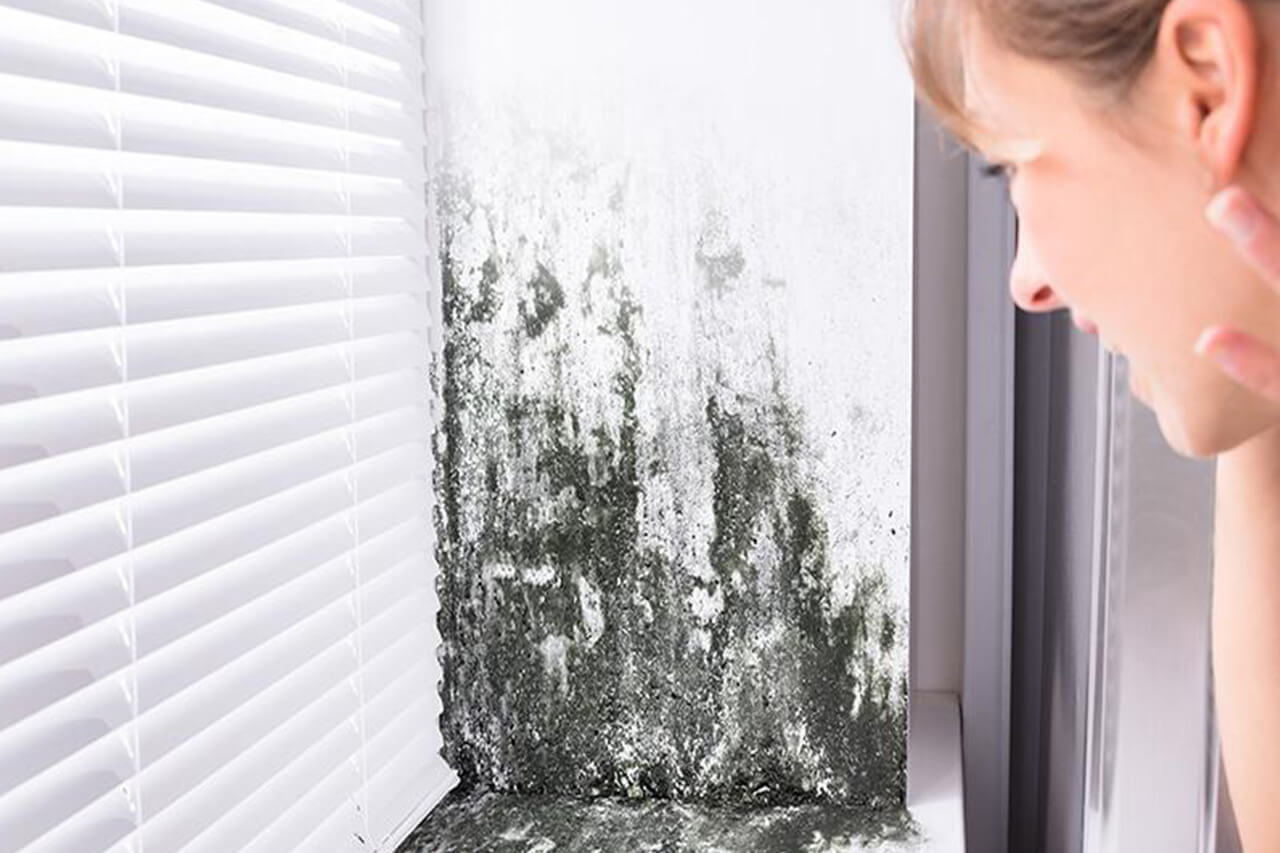Maximizing Your Home’s Health: Essential Strategies to Prevent Mold

Table of Contents:
- Understanding Mold and Its Effects
- Why Mold Prevention is Essential
- Identify Common Mold-Prone Areas
- Effective Mold Prevention Tips
- DIY Mold Removal vs. Professional Services
- Monitoring and Maintenance
- How Weather Affects Mold Growth
- When to Seek Professional Help
Understanding Mold and Its Effects
Mold is a fungus that thrives in damp environments, feeding off organic materials like wood and drywall. It can exist indoors and outdoors, but it often becomes problematic in homes with high moisture levels. Mold can spread quickly by releasing spores into the air, contaminating multiple areas. According to the EPA, mold exposure can lead to various adverse health effects, including respiratory problems, skin irritations, and allergic reactions. While several entities like the Denver Restoration Companies can provide professional assistance, understanding the nature of mold and its potential impacts is the critical first step in effectively combating it.
Why Mold Prevention is Essential
Preventing mold growth is crucial for both the structural integrity of your home and the health of its inhabitants. When left unchecked, mold can weaken walls, ceilings, and floors, leading to costly repairs. Additionally, prolonged exposure to mold spores can result in serious health issues, particularly for individuals with asthma, allergies, or weakened immune systems. The Centers for Disease Control and Prevention (CDC) emphasizes the importance of mold prevention, highlighting that it can significantly reduce the risk of respiratory issues and other mold-related health problems.
Identify Common Mold-Prone Areas
Mold tends to grow in areas where there is consistent moisture. Common mold-prone areas in homes include bathrooms, basements, kitchens, and areas around windows. Bathrooms are particularly susceptible due to the frequent use of water and high humidity levels. Basements can be damp due to poor ventilation and potential leaks. Kitchens often have multiple water sources contributing to mold growth, while windows can accumulate condensation, especially in colder climates. Identifying the areas where mold is most likely to grow will enable you to take preventative action. You may help avoid any possible mold problems by doing routine checks of these areas.
Effective Mold Prevention Tips
To effectively prevent mold growth, there are several key strategies you can implement:
- Control Humidity Levels: Keep indoor humidity levels below 50% using air conditioners or dehumidifiers. Moisture in the air is a primary factor in mold growth, so controlling humidity is essential.
- Ensure Proper Ventilation: Use exhaust fans in bathrooms and kitchens to reduce moisture and improve air circulation. Proper ventilation helps minimize the damp conditions, which is ideal for mold growth.
- Fix Leaks Promptly: Address leaks in the roof, walls, or plumbing quickly to prevent water accumulation. Even minor leaks can create the perfect environment for mold to thrive.
- Use Mold-Resistant Products: Use mold-resistant drywall or paint in moisture-prone areas. These products inhibit mold growth and can be an effective preventive measure.
- Regular Cleaning: Clean and dry any wet furnishings or building materials within 24-48 hours. Quick action can prevent mold from taking hold and spreading.
DIY Mold Removal vs. Professional Services
Deciding between DIY …
